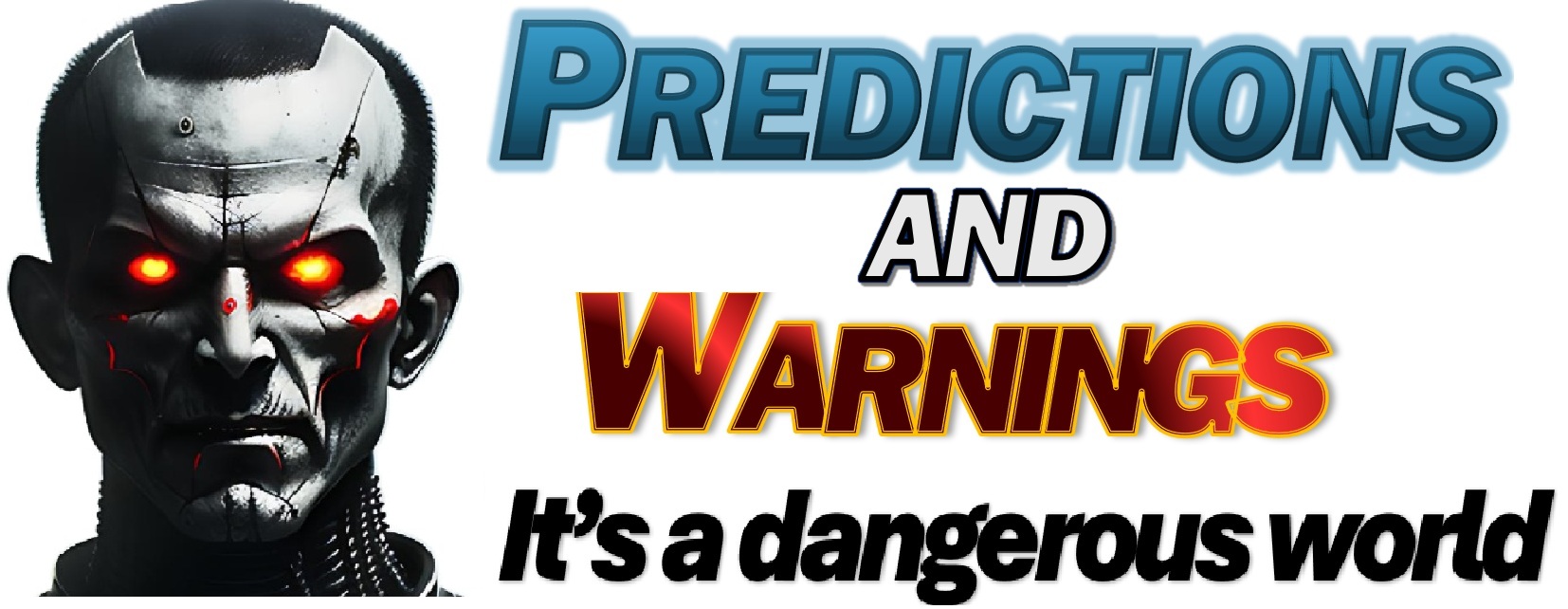Recent polling data confirms that the Democratic Party is currently less popular than the Republican Party among American voters. According to the latest The Economist/YouGov poll conducted in late May 2025, Republicans hold a net favorability rating of -11%, while Democrats trail significantly with a net rating of -21%. Specifically, 41% of Americans view Republicans favorably (52% unfavorably), compared to just 36% who view Democrats favorably (57% unfavorably).
Summary Table: Current Favorability Ratings
| Party | Favorable (%) | Unfavorable (%) | Net Favorability (%) |
|---|---|---|---|
| Republicans | 41 | 52 | -11 |
| Democrats | 36 | 57 | -21 |
And a flurry of polls, including those from CNN and NBC News, report the Democratic Party’s favorability at historic lows. CNN found only 29% of Americans view the party positively—the lowest since 1992—while NBC’s poll showed just 27% favorable, a record low since 1990. (Of note, Democratic presidential candidate Bill Clinton won the presidency in 1992).
To make matters worse, Democratic approval has dropped sharply among their own supporters, with only 63% of Democrats and Democratic-leaning independents holding a favorable view of their party, down from 81% at the start of Biden’s term.
Only 35% of Democrats feel optimistic about their party’s future, a sharp decline from 57% in July 2024. In contrast, 55% of Republicans express optimism about their own party’s direction.
So, what’s happening?
For starters, Propagandists have been successful in labelling the Democratic Party as weak, woke, elite, egotistical, and corrupt. But, there’s more. Internal divisions and frustration are apparent, with a majority of Democratic-aligned voters expressing dissatisfaction with party leadership and a desire for a more confrontational approach to the Republicans. Perhaps that’s why AOC continues to trounce Sen. Schumer in hypothetical New York Senate primaries.
As a result, Democrats are losing ground with key voter groups, including working-class voters, men, and young people. Polls and analyses indicate that the party’s margins among nonwhite voters are eroding and that young voters are shifting more conservative.
The party is also struggling to present itself as a viable alternative to disaffected Trump voters. Many of those dissatisfied with Trump are not gravitating toward Democrats, but rather disengaging from politics or remaining skeptical of both parties.
The current situation is described by Democratic strategists as the party’s “deepest hole in nearly 50 years,” with unfavorable trends across generational, cultural, and political lines. This crisis is compounded by a lack of prominent national leaders, a challenging Senate map, and demographic shifts that may further disadvantage Democrats in future elections.
But, the winds of change are consistent – and fast – in politics. Following the first Gulf War, then-President George H.W. Bush had a sizzling 91 percent approval rating in early 1991, and Democrats were in the gutter. But he would go on to lose the election the following year to Bill Clinton.

